Sand Mining
After water, sand is the most widely used natural resource.
Sand is mined, smuggled, and stolen, and the impacts of this have far-reaching socio-political, economic and environmental implications, accelerating coastal erosion, and destroying ecosystems that are relied upon by coastal communities for their very existence.
July 12, 2024
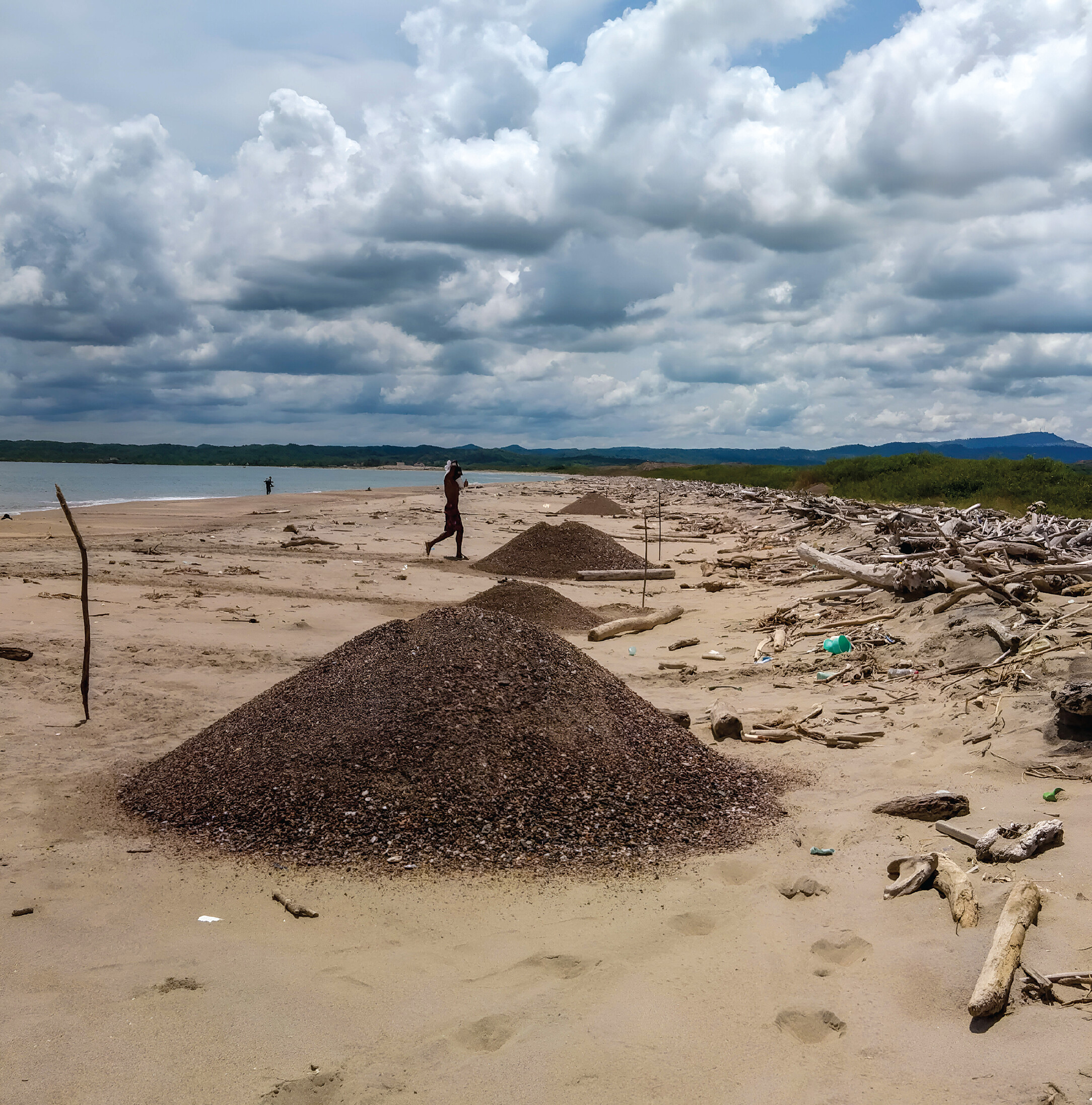
Sand trafficking: a scourge that is worsening in Latin America – El Nuevo Siglo | Insight Crime
Excerpt:
Low risk, difficult to detect and with huge profits, this crime affects most countries in the region. There are several ‘cartels’ in this black market.
( Interntional writing with Insight Crime )
Just 50 kilometers from the famous beaches of Rio de Janeiro , one of the city’s most powerful criminals found a fortune in the sand.
Before turning himself in to authorities in December 2023, Luis Antonio da Silva Braga , alias “Zinho,” led the Bonde do Zinho militia. And beyond its criminal interests in Rio, the group had expanded into the nearby municipality of Seropédica, where it allegedly worked with a Rio de Janeiro state legislator to use floating dredges, trucks, tractors, backhoes and silos to illegally collect huge amounts of sand.
Most illegally mined sand is used in the construction sector for materials such as concrete and bricks, as well as for building foundations . It is cheaper than legally mined sand, and poor oversight by authorities across Latin America and the Caribbean has made sand trafficking a relatively profitable and low-risk activity for criminal groups across the region.
As well as filling the coffers of sometimes violent criminal groups, illegal sand mining has caused environmental damage such as the extinction of wild species, changes in river channels and increased flooding.
But this crime is difficult to prosecute, as it is often impossible to differentiate between legally and illegally extracted sand.
“ If you have a truckload of illegal sand, it looks exactly the same as a truckload of legally mined sand ,” Vince Beiser, author of a book on the history of human use of sand, explained…
Also of interest:
Q&A: How Sand Trafficking in Brazil Became a Highly Lucrative Crime – Insight Crime
Excerpt:
Brazilian authorities have launched a series of operations targeting illegal sand extraction as part of a renewed commitment to fighting environmental crimes. But much more may be required to tackle what is now a multi-billion dollar criminal enterprise.
Image at Top: Mining is removing sand from coastal sites, such as this one in Colombia, faster than natural processes can replenish it (photo © Nelson Rangel-Buitrago)
SHARE THIS ARTICLE
More on Sand Mining . . .
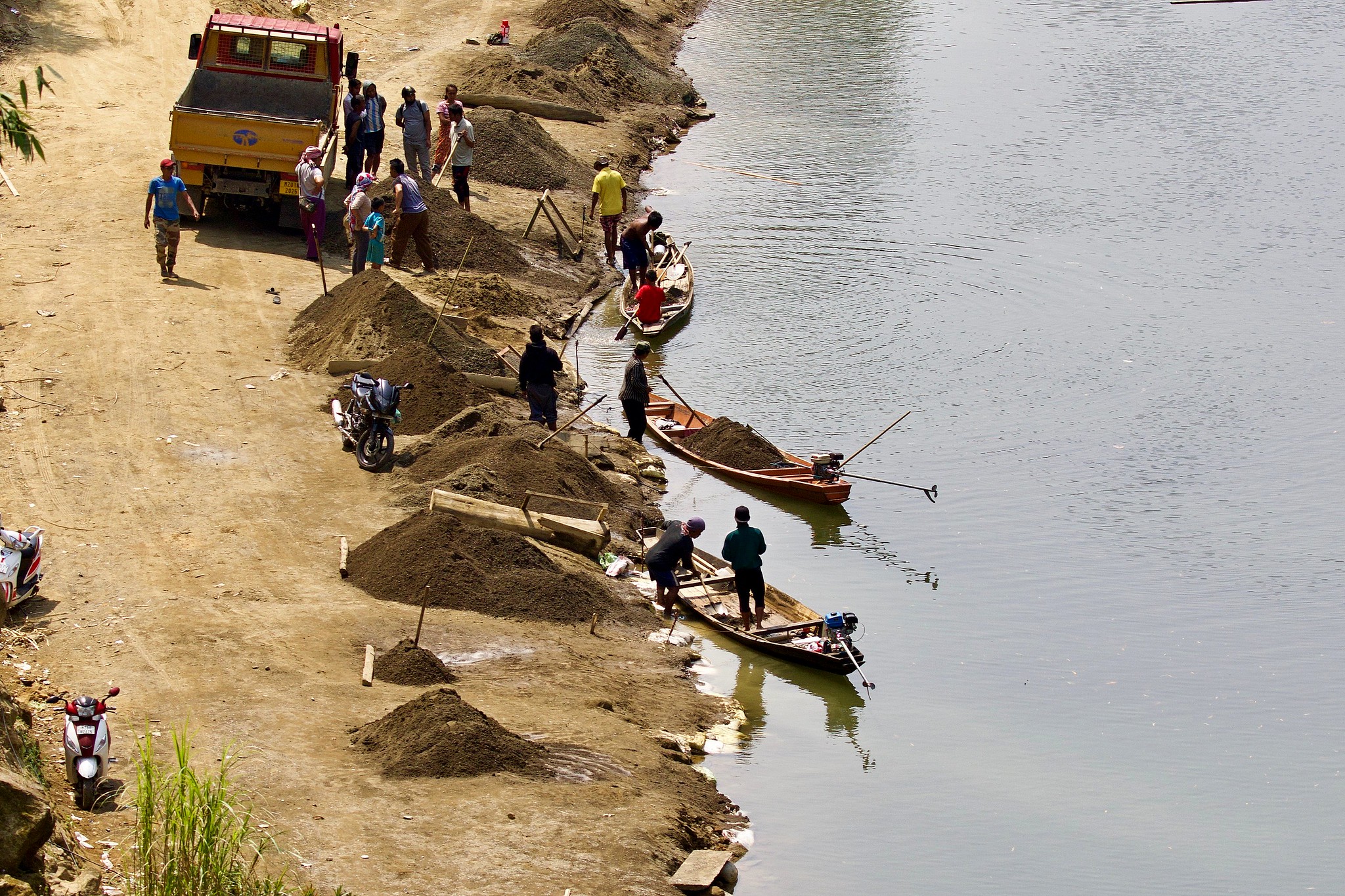
Looting of the sea: the great sand theft – ABC
It is the most demanded raw material after water. It is used to make concrete, chips, detergents, paints… and even artificial islands. The big cities are hungry for sand and to satisfy it, the world’s beaches are being plundered….
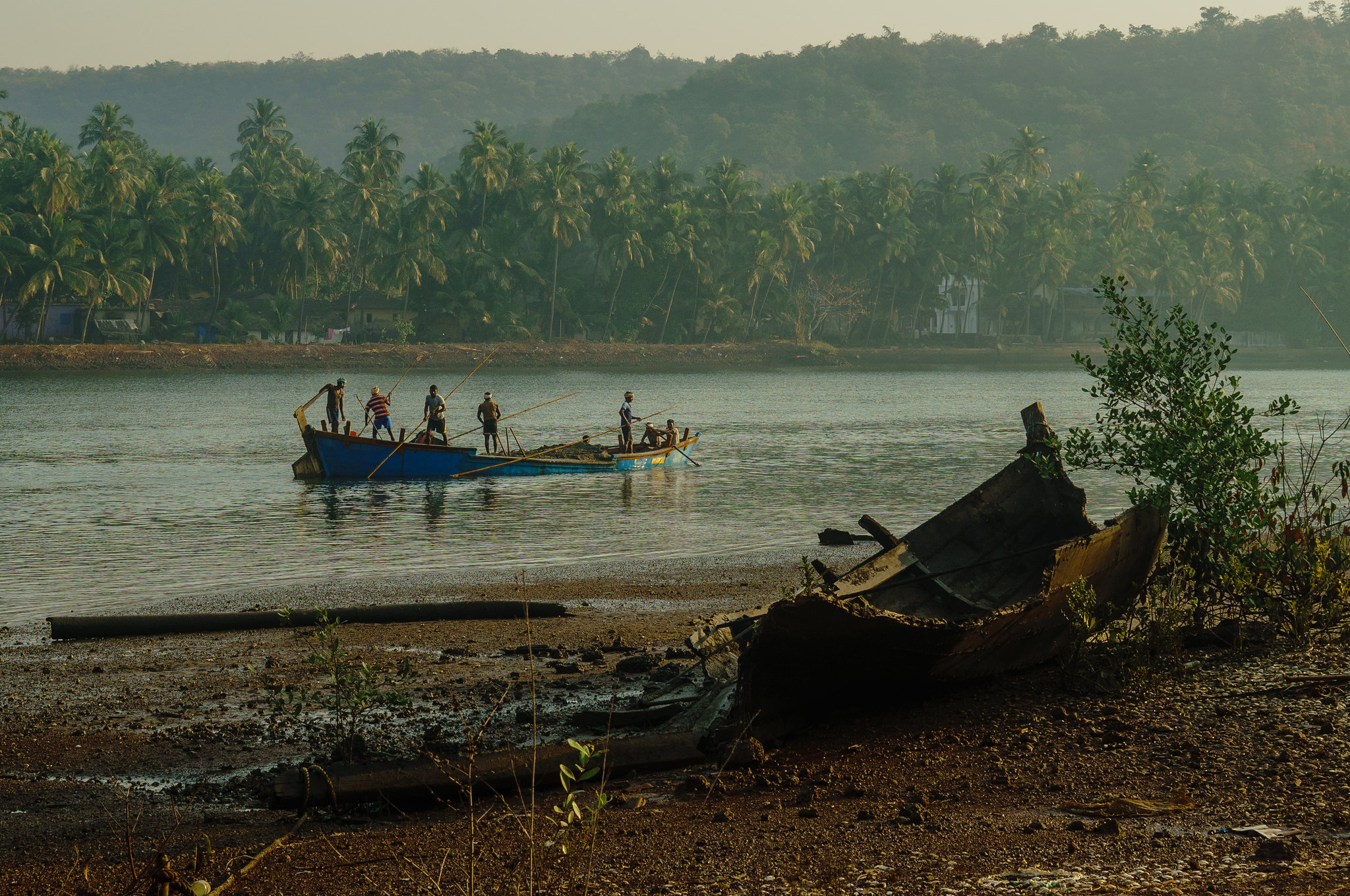
2022 Six Part Series on “Sand Dealers” – Le Monde
Published in 2022, links to Le Monde’s Series on Sand are provided here…
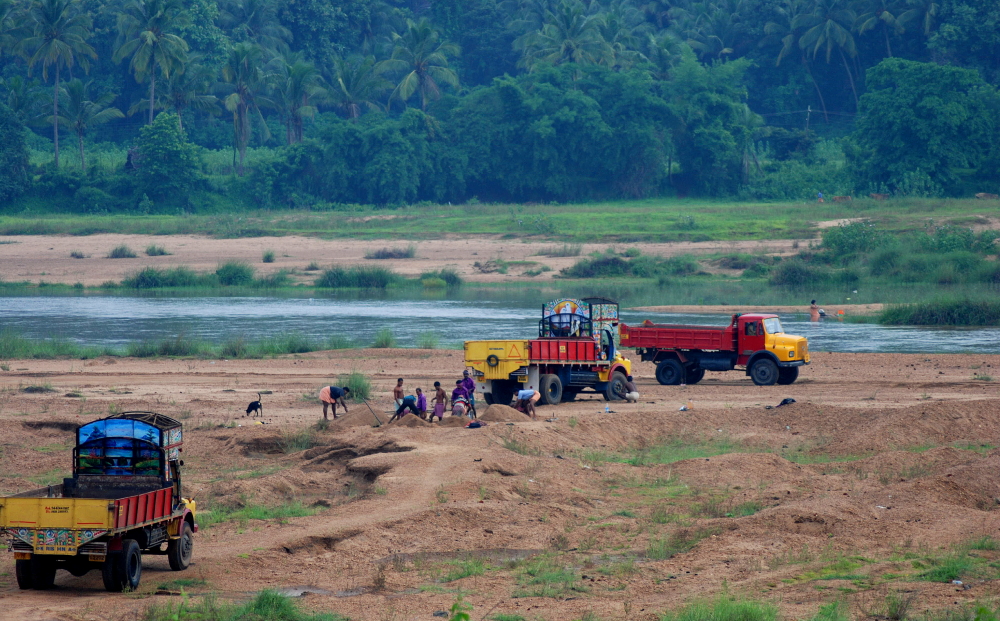
Inside the Crime Rings Trafficking Sand – Scientific American
Organized crime is mining sand from rivers and coasts to feed demand worldwide, ruining ecosystems and communities. Can it be stopped?…

The Unsustainable Harvest of Coastal Sands – Science
Although coasts form a crucial part of the natural wealth of the planet, their conservation is increasingly jeopardized owing to the growing human footprint. With 50% of the world’s population living within 150 km of a coastline, increasing urbanization and population pressures are threatening these fragile ecosystems…
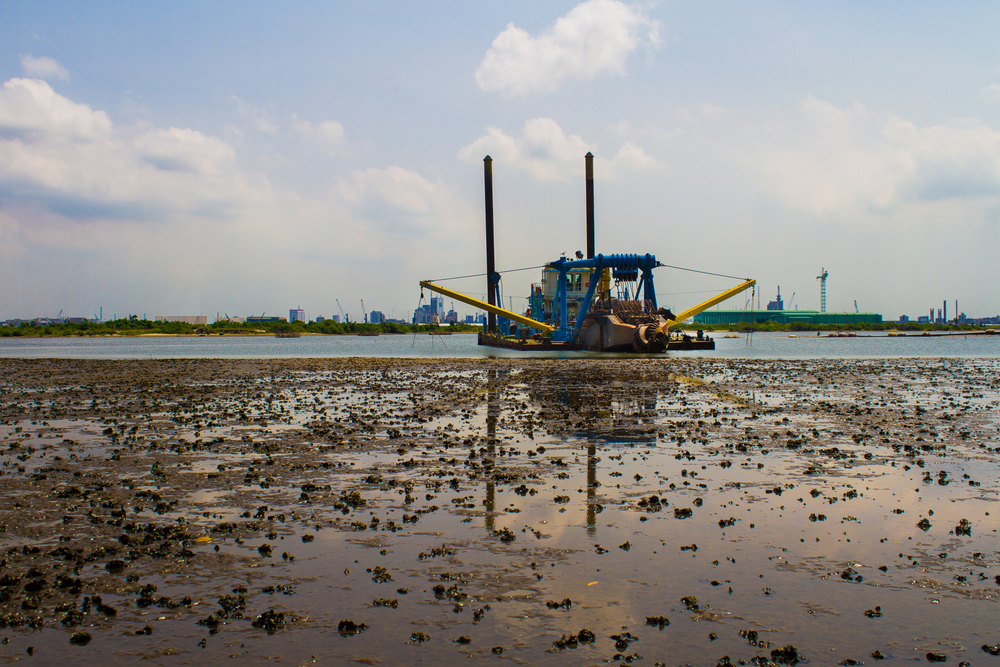
Alarming’ scale of marine sand dredging laid bare by new data platform – the Guardian
One million lorries of sand a day are being extracted from the world’s oceans, posing a “significant” threat to marine life and coastal communities facing rising sea levels and storms, according to the first-ever global data platform to monitor the industry….
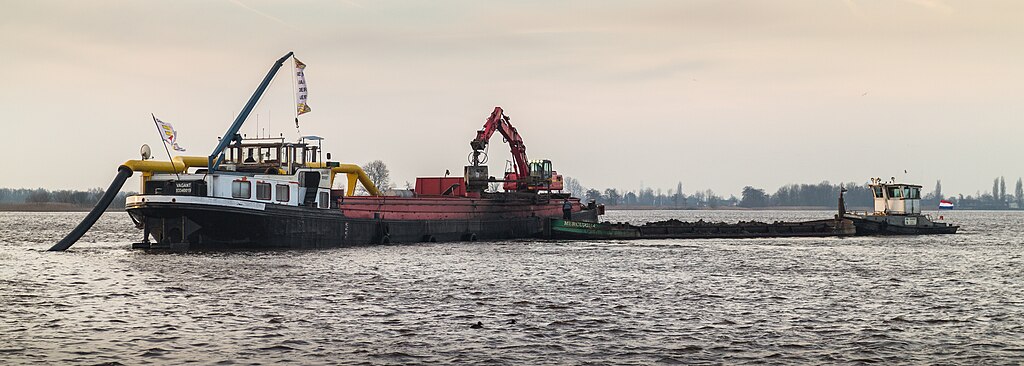
6 billion tonnes of sand taken annually from oceans, causing irreparable damage to benthic life – Down to Earth
Some six billion tonnes of sand is being extracted annually from the floor of the world’s oceans, causing irreparable damage to benthic life, according to a new global data platform on sand and other sediment extraction in the marine environment.
The new data platform, Marine Sand Watch, has been developed by GRID-Geneva, a Centre for Analytics within the UN Environment Programme (UNEP). It is available at: https://unepgrid.ch/en/marinesandwatch…
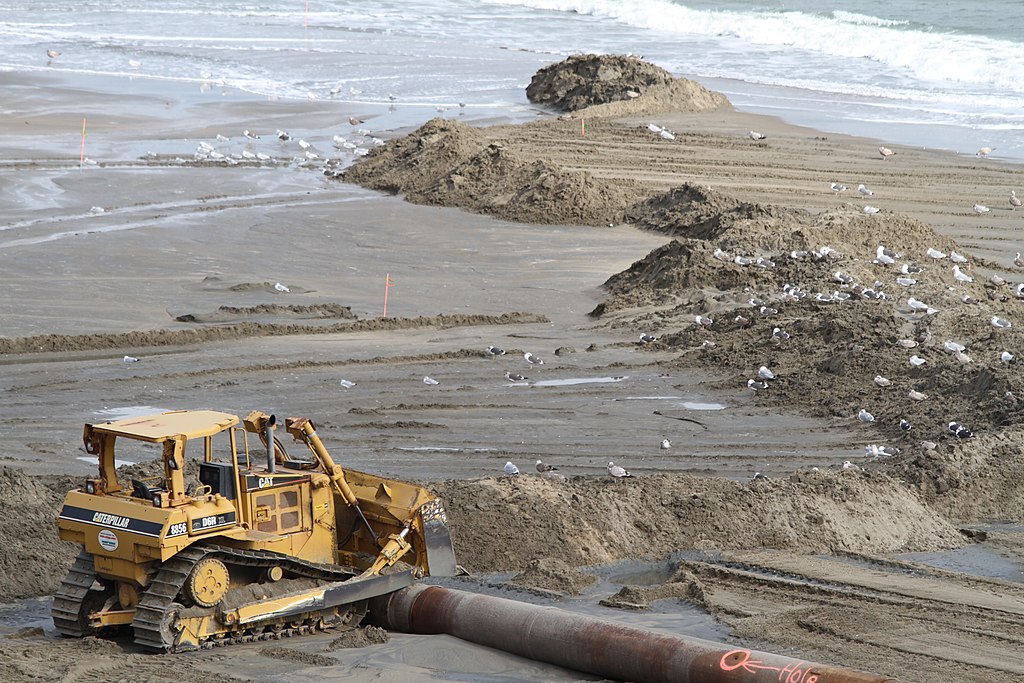
Sand mining is a huge problem, a new global map shows – the Verge
People are dredging an alarming amount of sand from the seafloor, the United Nations Environment Programme (UNEP) warned today. An average of 6 billion tons of sand are taken from marine environments every year, according to a new global data platform from UNEP….
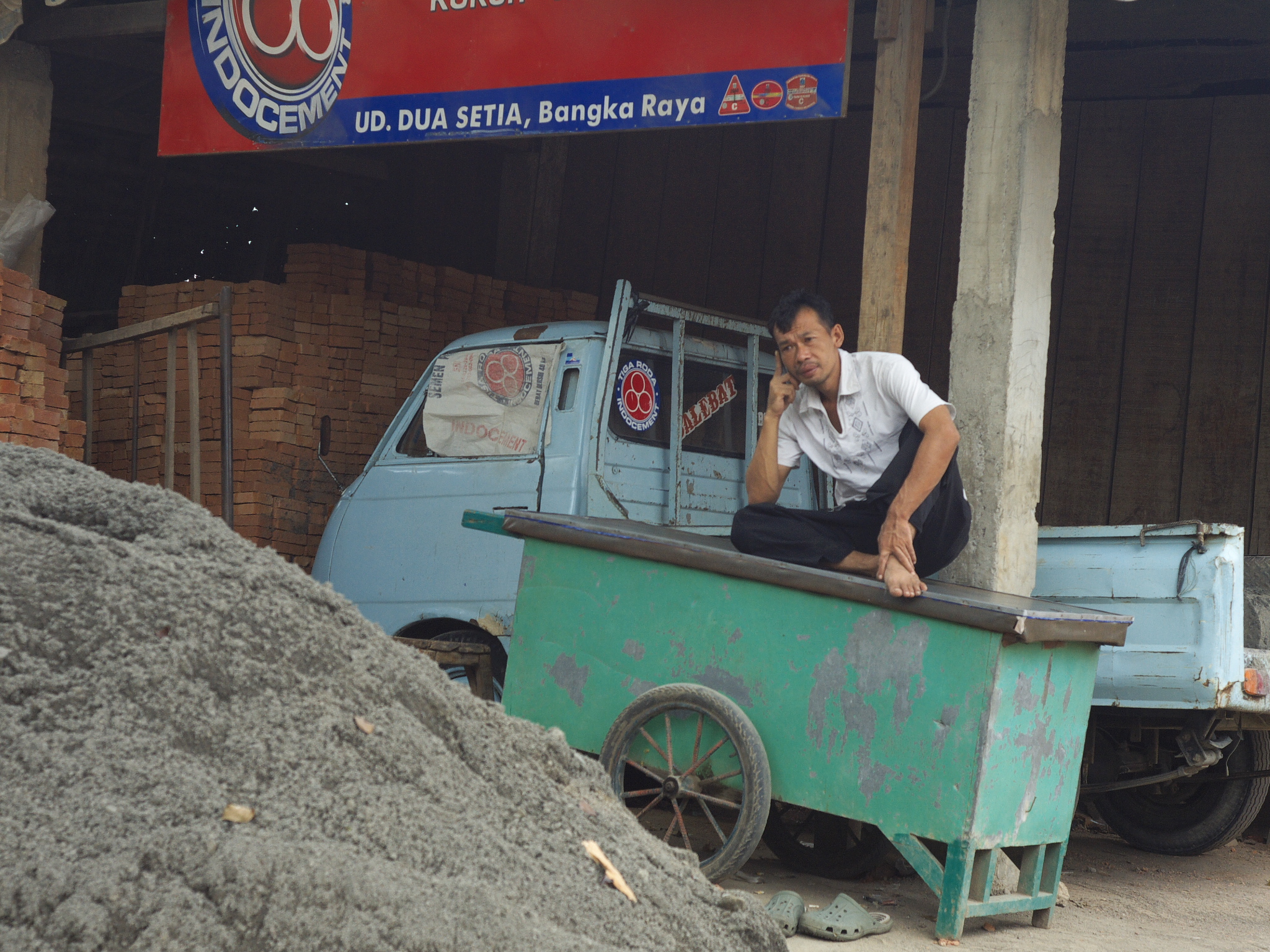
Opposition grows to Indonesia’s resumption of sea sand exports – Mongabay
Marine and fisheries activists in Indonesia are ramping up their calls for the revocation of a new government regulation allowing the export of sea sand, saying the policy will benefit foreign interests more than local fishers and marine ecosystems…
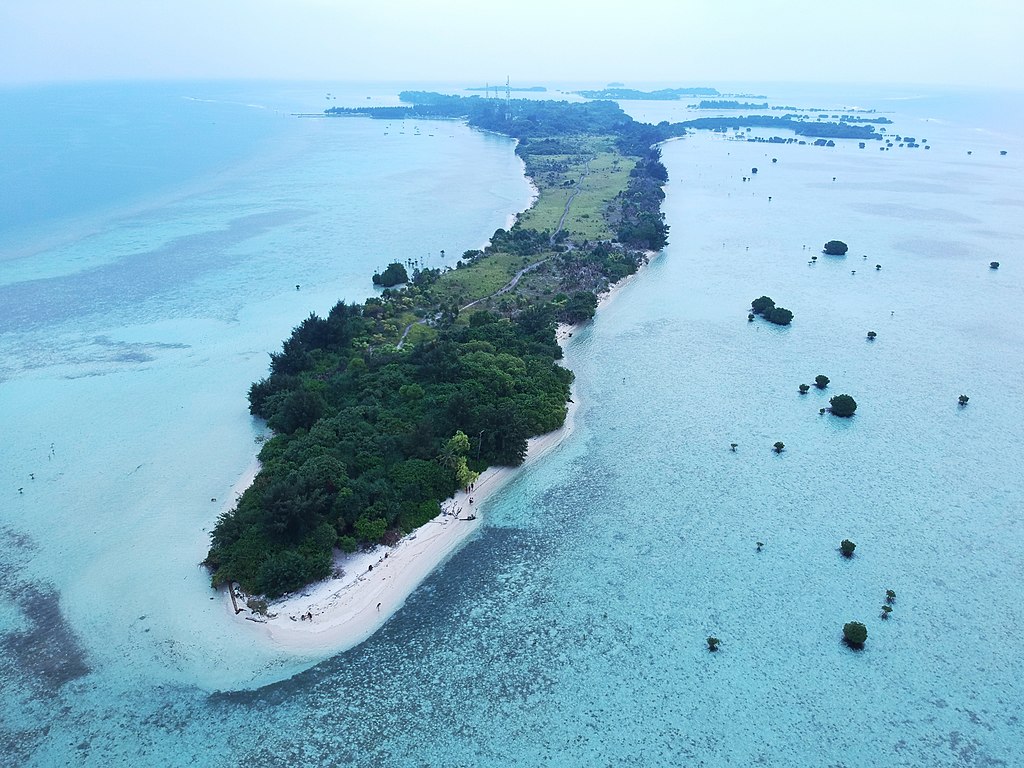
Indonesian fishermen, activists fear loss of marine life, islands as sea-sand exports resume – South China Morning Post
The last time dredging vessels came to Rupat Island, the Indonesian island’s coast was pillaged for its sea sand, says fisherman Eriyanto, who saw his income shrivel as the seabed – and the ecosystem it shelters – was scooped up for sale.
Now, the 36-year-old from Suka Damai village fears worse is yet to come, after President Joko Widodo last month lifted a 20-year-old ban on sea-sand exports….
